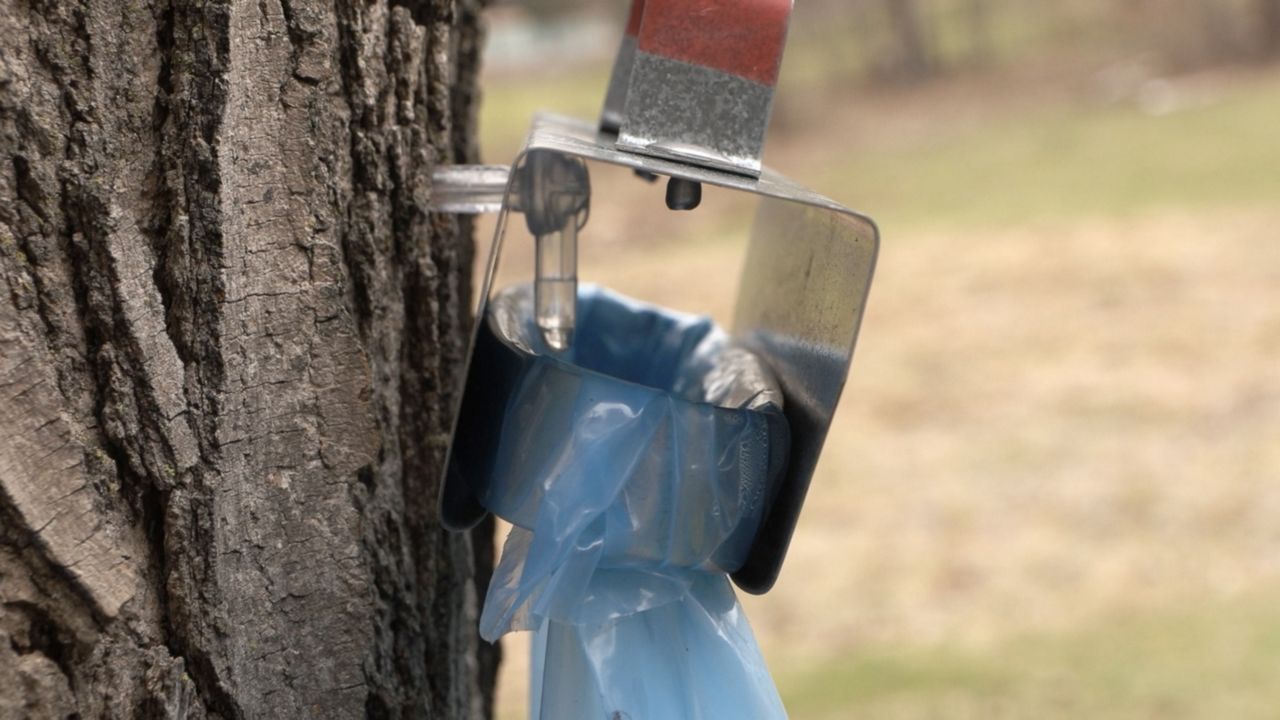Western New York areas, the northern Finger Lakes, parts of Central New York and the North Country are all under flood watches.
What You Need To Know
- Western New York areas, the northern Finger Lakes, parts of Central New York and the North Country are all under flood watches
- Homeowners are advised to have a plan, including one for if you need to leave
- Emergency coordinators said homeowners should clear gutters and vents, and make sure rain has a way to safely move away from your house
“It's very important to take responsibility for yourselves and protect yourselves when something is coming," said Terry Bennett, emergency services program coordinator for the Oswego County Emergency Management Office.
“I suspect that in the Buffalo area, you may be seeing the rain already, but we can expect the rain to continue through tonight and into tomorrow with some warm temps, potentially in the 50s or above. And that is going to lead to some potential snowmelt and runoff and maybe some potential flooding in the area," said New York State Office of Emergency Management Director Matt Franklin.
Of course, it isn’t just Western New York feeling the heat. Oswego County and other areas are prepping, too.
“There is a concern that there could be flooding into basements or over roadways. If there's enough rain and enough snowmelt, fast snowmelt to cause some potential flooding over roadways might impact culverts or bridges," said Bennett.
Homeowners are advised to have a plan, including a plan for if you need to leave.
“The plan should consist of what they're going to do, what things are important to them to take. For example, their plan should include any medicine. If they have pets in the area, it should include where a meeting point might be, and they need to advertise that and communicate that with family and loved ones," Franklin said.
Emergency coordinators said homeowners should clear gutters and vents, and make sure rain has a way to safely move away from your house.
Drivers should also be cautious.
“Don’t drive through roads that have water around them. Turn around don't drown," Bennett said.
According to the National Weather Service, six inches of water can cause some vehicles to possibly stall. A foot of water can float many vehicles and two feet of rushing water can carry away pickup trucks.











